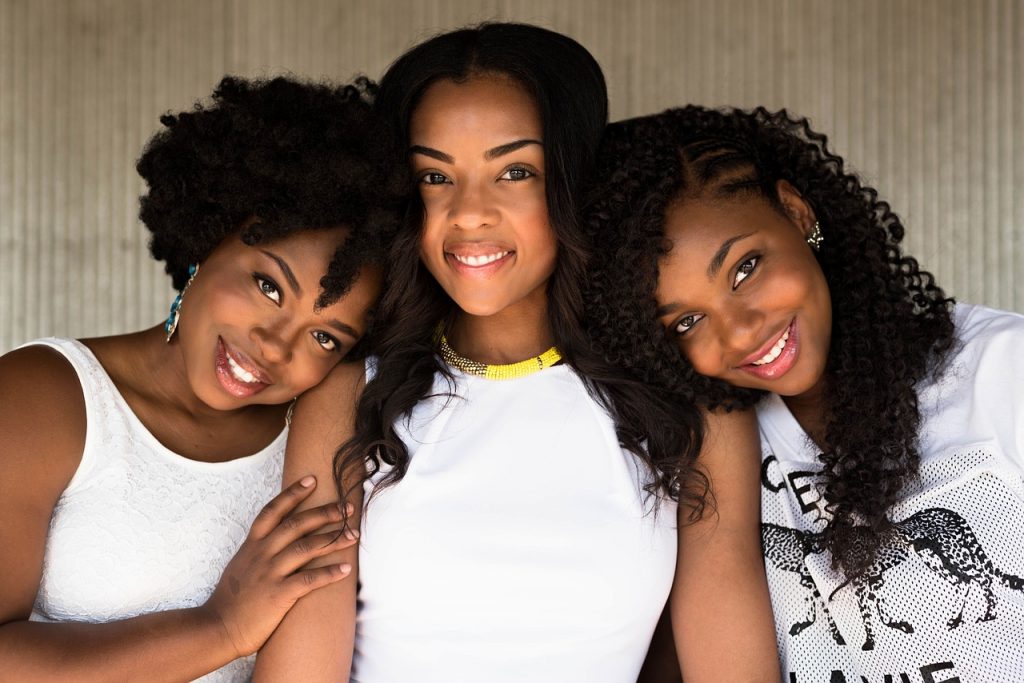
The history of the durag has been chequered, to say the least. However, in the 21st-century, the headgear designed to aid the development of waves has become a fashion must-have accepted in almost every area of the world, particularly after the work of Rihanna to push forward the image of this often derided garment. The development of the durag has seen it move from being a way of creating waves in the hair of African-American males to a staple of the hip-hop genre. After a rocky start to the 21st-century, the image of the durag has been altered as the headgear is now accepted by members of polite society for its elegant look and the ability of the wearer to make it individual.
Now seen as a fashion statement, the durag was created by individuals from the 1930s to the 1960s as a way of preserving hairstyles, particularly the wave. To produce the wave, the hair of the wearer is brushed in a single direction until the natural pattern within the hair is revealed. The hair is then brushed and styled with the natural curl of the hair before being tightly wrapped in the durag to keep it in place and train the hair to move in a specific direction. The humble beginnings of the durag were shaped in the 1960s by the growing calls for the end of segregation and the civil rights movement which began to use the durag as a signifier of African-American heritage.
In the 21st-century, the battle over the durag continued with celebrities wearing this hair accessory to attend high fashion parties and gatherings. However, at the level of everyday people, the durag has retained its reputation as a part of gang life with many educational institutions retaining bans on the headgear. The African-American community has been reclaiming the durag in the second decade of the 21st-century with many designers looking for new ways of creating headgear in new fabrics and styles. Rihanna has played a key role in returning the durag to prominence by featuring the garment in her own fashion range and attending many high-profile events wearing a durag. Reclaiming the durag as more than a sign of black male aggression has been the plan behind the designs of individuals such as Du by Ren Jett. The durag is evolving into a new piece of fashion design with the length of the headgear itself changing to reflect the individuality of each wearer. New designs are taking in different fabrics and colorful patterns which have shifted the narrative to fashion instead of the perceived aggression of the individual wearer. When Rihanna made the decision to accept a fashion icon award in 2014 wearing a Swarovski-encrusted durag she changed the narrative of a garment often reflecting the attitude of the hierarchy towards African American communities. Extending her association to the durag with her fashion show for the Puma sportswear brand brought the durag into mainstream fashion for the first time.

